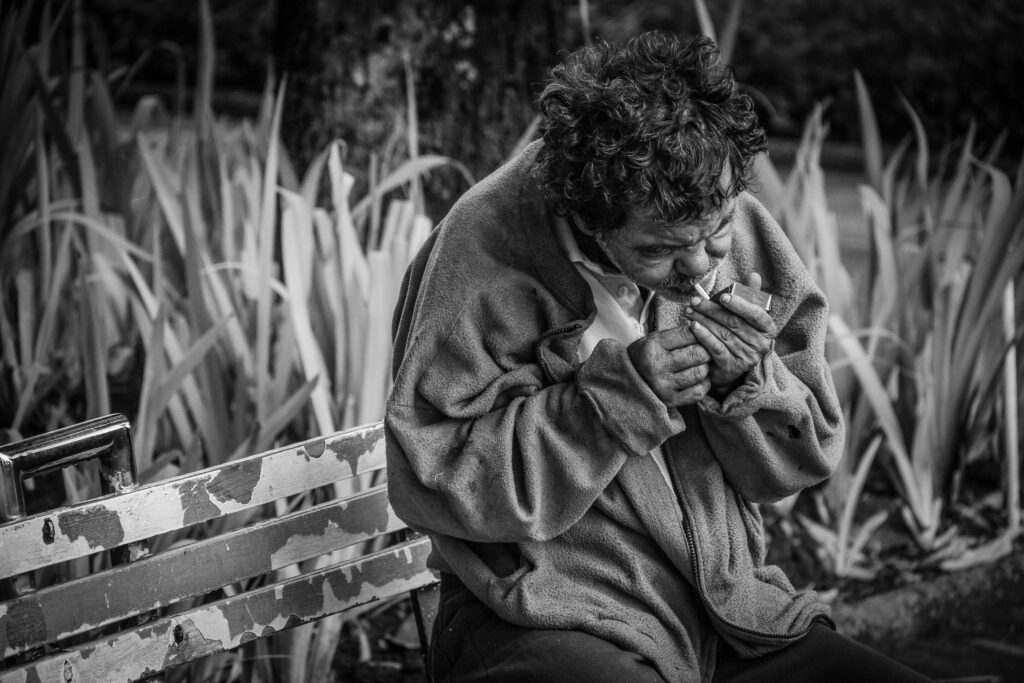Shadows and Cravings: Unraveling the Psychoanalytic Roots of Modern Addictions
Introduction
Addictions today stretch far beyond substances—encompassing digital screens, social media, consumerism, and compulsive behaviors that dominate modern life. These behaviors often serve as attempts to soothe inner turmoil, fill psychic voids, or escape unbearable realities. To truly understand addictions, we must look beneath surface symptoms to the deep psychic processes that fuel craving, dependency, and loss of control.
Psychoanalysis provides a rich framework for exploring how addiction reflects the interplay of early developmental wounds, unconscious conflicts, and contemporary social pressures.
Addiction as a Symptom of Unmet Psychic Needs
At its core, addiction often emerges from a breakdown in the capacity to tolerate emotional pain and internal conflict. Winnicott’s (1965) concept of the “true self” versus “false self” reminds us that addictions can mask feelings of emptiness and fragmentation by providing an illusory sense of wholeness or relief.
Addictive behaviors serve as a defense against anxiety, trauma, loss, or unbearable loneliness, temporarily numbing psychic distress or filling an internal void.
The Role of Early Relational Trauma
Attachment theory and psychoanalytic work emphasize the importance of early caregiving in developing emotional regulation. When the maternal function of holding and containing breaks down, children may internalize confusion, abandonment, or rage, which later manifest as addictive patterns (Bion, 1962).
Modern addictions can thus be viewed as repetitive attempts to restore lost feelings of safety and connection, often through external objects or behaviors that promise relief but perpetuate dependency.
Contemporary Addictions: Beyond Substance Use
Today’s addictions extend into:
Digital technology and social media, where endless scrolling and “likes” stimulate dopamine and create compulsive feedback loops.
Consumerism and overwork, masking existential emptiness with material success.
Food, gambling, and sex, serving as substitutes for emotional connection.
Each addiction embodies a complex psychic compromise—a fragile attempt to hold together fragmented parts of the self.
Cultural and Social Dimensions
Addiction cannot be understood in isolation from cultural and societal factors:
High-pressure environments, social isolation, and economic uncertainty amplify stress and vulnerability.
Stigma and shame discourage open discussion and seeking help.
Rapid technological and social changes challenge traditional coping mechanisms.
Society often replicates patterns of avoidance and denial of pain, fueling cycles of addiction on a mass scale.
Toward Healing: The Analytic Space as Containment
Psychoanalysis offers a path toward healing by providing a containing space where addiction’s unconscious meanings can be explored. The analytic relationship supports the gradual integration of split-off feelings, recognition of internal conflicts, and development of more authentic self-regulation.
Healing addiction is not simply abstinence but reclaiming a capacity for emotional tolerance, connection, and creativity.
Conclusion
Modern addictions are more than personal failures; they are expressions of deep psychic wounds, relational ruptures, and cultural discontents. Understanding addiction psychoanalytically invites compassion, curiosity, and hope—offering a path from shadows and cravings toward integration and freedom.
References
Winnicott, D.W. (1965). The Maturational Processes and the Facilitating Environment.
Bion, W.R. (1962). Learning from Experience.
Khantzian, E.J. (1985). The self-medication hypothesis of addictive disorders. American Journal of Psychiatry, 142(11), 1259-1264.
